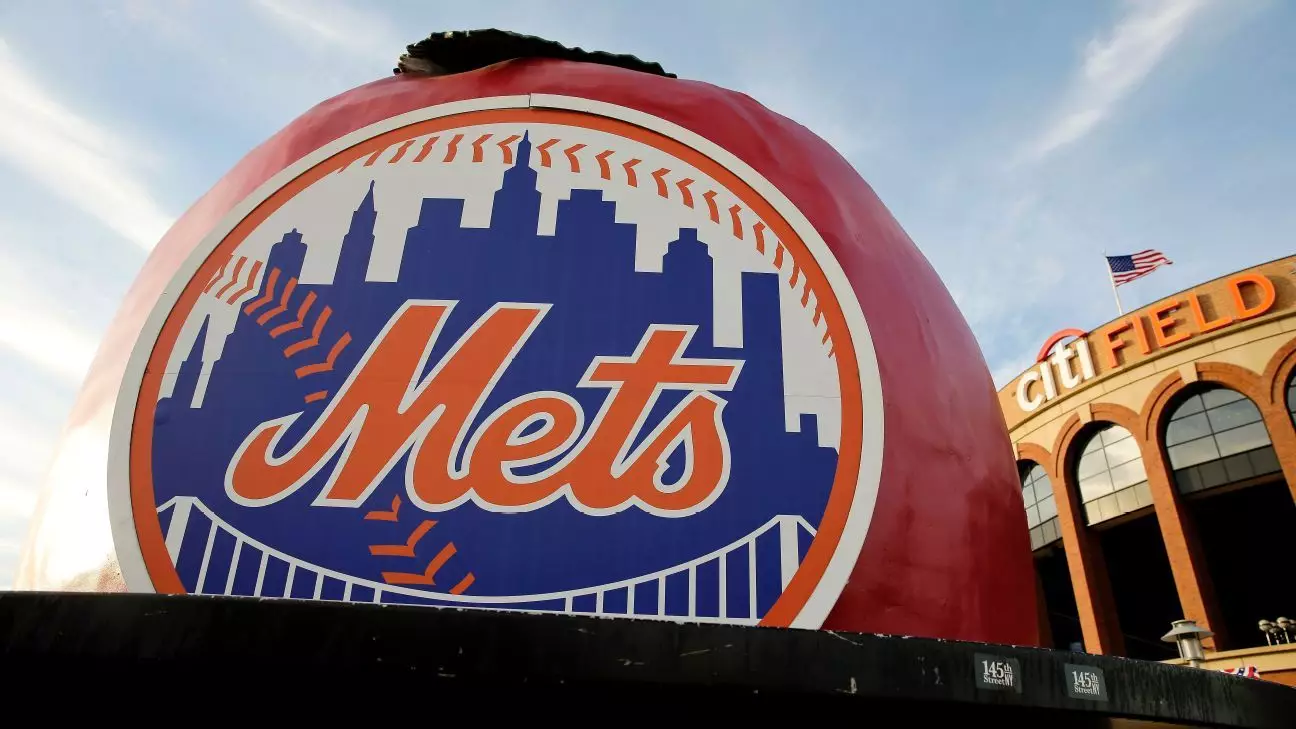In the throes of the 2024 Major League Baseball season, the New York Mets have once again emerged as the front-runners in payroll expenditures, shattering records and establishing a new standard for financial commitment in the league. With a staggering $333.3 million in regular payroll—an increase from their previous high of $319.5 million set in 2023—the Mets have transcended the typical spending habits that characterize the sport. Under the ownership of Steve Cohen, their total expenditures have climbed to an eye-popping $1.36 billion over the past four seasons, outpacing the collective spending of low-market teams like the Miami Marlins, Pittsburgh Pirates, and Tampa Bay Rays over the last 21 seasons. This formidable financial strategy is not merely a reflection of wealth but a calculated risk that could redefine competitive balance in MLB.
Contextualizing the Mets’ Payroll Decisions
The sheer scale of the Mets’ financial involvement is staggering. The organization, which has historically struggled to make a mark in the postseason, is now investing significantly in superstar talent. Cohen’s decision to plunge into an immense 15-year, $765 million contract for outfielder Juan Soto exemplifies this newfound aggressive approach. In the context of MLB, where owners have frequently relied on a more conservative spending model, the Mets’ strategy suggests a paradigm shift. Cohen has openly stated, “If you want something that’s amazing, it’s going to be uncomfortable.” This philosophy highlights not just a willingness to spend, but an ambition to compete at the highest levels, transforming the Mets from a historically mediocre franchise into a formidable East Coast powerhouse.
The economic impact of these investments goes beyond their immediate payroll figures. By spending 1.8% more than last year’s total of $5.065 billion for all 30 teams, the league’s financial landscape seems to be evolving. As teams rapidly increase investments in player salaries, this raises essential questions regarding the sustainability of such expenditure amid fluctuating revenue streams, particularly in a post-pandemic landscape.
Extracting Meaning from Unprecedented Spending
Contrast the Mets’ ambition with franchise behaviors of perennial low-spenders like the Oakland Athletics and Pirates. The Athletics have managed a meager $269 million in player expenditures over four seasons, illustrating a stark disparity between their operational model and that of the Mets. This raises pertinent discussions about competitive integrity and the future of the sport. The question looms: Would a ‘salary floor’ help stabilize franchises and keep the competitive balance intact? As the Mets make waves at one end of the spending spectrum, teams at the other end are left floundering whenever drafting or trading becomes necessary.
The stark reality is clear; while the Mets lead the league in financial outlay, they have also taken risks that could backfire. A hefty payroll does not guarantee postseason success—refer to the Los Angeles Angels, whose vast expenditures have not kept them off the sidelines in October. The whispers around baseball suggest that Cohen’s approach to spending, while bold, may exacerbate competitive inequalities, leading to an even larger divide between the haves and have-nots in MLB.
Comparison and Implications of MLB Payroll Trends
Moreover, the broader implications of the Mets’ spendthrift philosophy ripple across the league. Catching up to the top teams’ payrolls has become a stark reality for other franchises. Teams like the New York Yankees continue to allocate substantial amounts toward their own rosters—$310.9 million to be precise—but now face a unique challenge: staying competitive in an environment where financial resources have become one of the defining elements of success.
Seasoned MLB observers could argue that the Mets’ actions may prompt a wave of similar investment behaviors from teams historically averse to high payrolls. The dynamics of player contracts and luxury taxes have the power to reshape not only rosters but entire strategies within organizations. If multiple franchises begin mirroring the Mets’ spending habits, we could witness gameplay and competition structures evolving in response to a more financial-centric orientation.
The Future of Competitive Balance in MLB
As we analyze the financial maneuvers surrounding the Mets, we must also consider the future of MLB’s competitive balance. Will high payrolls lead to a larger chasm among franchises, or will they prompt a more equitable distribution of talent across the league? The recent data revealing that total spending by postseason teams accounted for over 46% of payrolls signals a need for a discussion on how these trends impact the idea of fair competition.
In this high-stakes financial game, the Mets have crafted a narrative of ambition and risk-taking that could potentially alter the course of Major League Baseball. The league is indeed at a crossroads; whether it will adapt to a world of strategic spending and larger-than-life contracts remains to be seen. What is clear, however, is that the actions of the Mets will have far-reaching consequences, provoking discussions that challenge traditional notions of competitiveness and ownership in America’s beloved pastime.


Leave a Reply